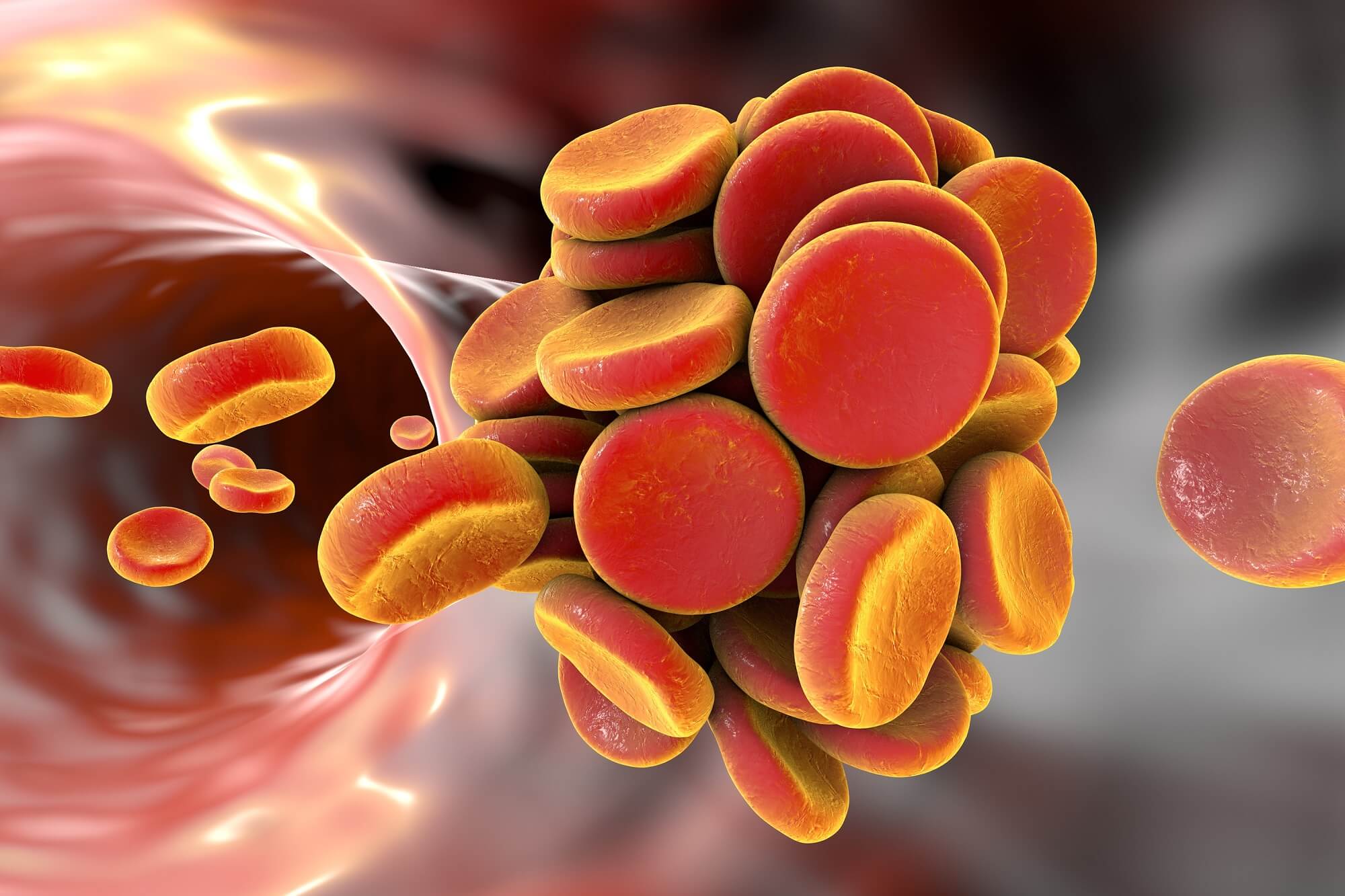Compared with warfarin, direct oral anticoagulant (DOAC) treatment is associated with a lower risk of recurrent venous thromboembolism (VTE) in patients taking extended anticoagulation treatment for VTE, according to research published in JAMA Network Open.
Researchers conducted a retrospective cohort study to compare rates of recurrent VTE, hospitalizations for hemorrhage, and all-cause death among adults prescribed DOACs or warfarin whose anticoagulant treatment was extended beyond 6 months after acute VTE.
Patients received a diagnosis of incident VTE between 2010 and 2018 at 2 integrated health care delivery systems in California and completed at least 6 months of oral anticoagulant treatment with DOACs or warfarin. They were followed from the end of the initial 6-month anticoagulant treatment period until discontinuation of treatment, occurrence of an outcome event, health plan disenrollment, or end of the study follow-up period (December 31, 2019).
The study included a total of 18,495 patients (29.6% ≥75 years of age; 51.5% men), 2134 (11.5%) receiving DOAC therapy and 16 361 (88.5%) receiving warfarin therapy.
The analysis demonstrated lower unadjusted event rates in patients receiving DOAC therapy than warfarin therapy for recurrent VTE (2.92 vs 4.14 per 100 person-years), hospitalizations for hemorrhage (1.02 vs 1.81 per 100 person-years), and all-cause death (3.79 vs 5.40 per 100 person-years).
After multivariable adjustment, DOACs continued to be associated with a significantly lower risk of recurrent VTE (adjusted hazard ratio [aHR], 0.66; 95% CI, 0.52-0.82), but the risks of hospitalization for hemorrhage (aHR, 0.79; 95% CI, 0.54-1.17) and all-cause death (aHR, 0.96; 95% CI, 0.78-1.19) were not significantly different than those of patients receiving warfarin treatment.
“Our study contributes to the growing evidence supporting the use of DOACs for both initial and extended treatment of VTE in terms of clinical outcomes as well as treatment satisfaction,” the study authors wrote in their report.
Limitations of the study included the retrospective nature, nonrandomization of patients to the anticoagulant treatments, and a lack of a definitive date of or reason for discontinuation of therapy.
Disclosure: Some study authors declared affiliations with biotech, pharmaceutical, or device companies. Please see the original reference for a full list of authors’ disclosures.
This article originally appeared on Hematology Advisor
References:
Fang MC, Reynolds K, Fan D, et al. Clinical outcomes of direct oral anticoagulants vs warfarin for extended treatment of venous thromboembolism. JAMA Netw Open. 2023;6(8):e2328033. doi:10.1001/jamanetworkopen.2023.28033
